Virtual tour of former residential school captures the spirit of place
'It's like stories were trapped inside the building,' says guide Lorrie Gallant
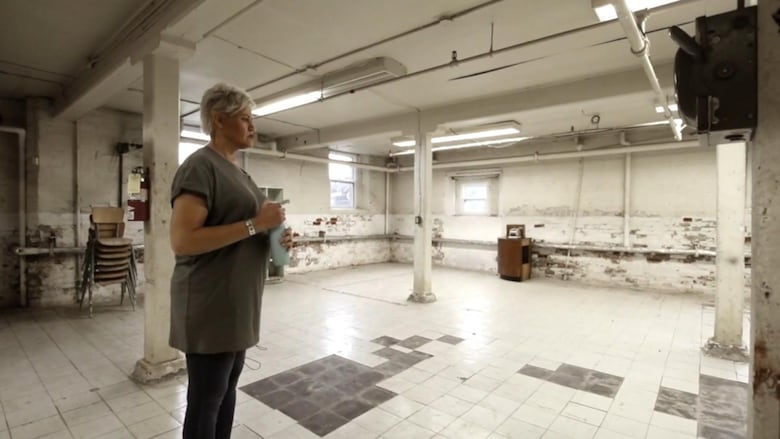
An immersive experience will take people through creaking doors and behind walls covered with peeling paint to learn about the Mohawk Institute, the longest-running residential school in Canada, prior to its restoration.
Now the Woodland Cultural Centre — the former residential school site — which has been closed to the general public for renovations since 2019, is slated to reopen as a museum space on Sept. 30, the National Day for Truth and Reconciliation.
The residential school in Brantford, Ont., about 100 kilometres southwest of Toronto, opened in 1828 and closed in 1970 after about 15,000 children from more than 60 communities across Canada had been forced to attend it.
The virtual tour, a 50-minute immersive experience, shows the Mohawk institute in its rawest form just as renovations were beginning.
Evidence of the children's scribbles, their names next to their Indian Residential School numbers, which were found behind the asbestos-laden tile and mouldy walls can be seen as the video takes viewers through the building. The tour also features testimonies from five of the residential school's survivors and archival images.
Virtual tour guide Lorrie Gallant, Cayuga Nation from Six Nations of the Grand River Territory, ON, said the renovated building probably appears how it was when it first opened in 1828.
"What we didn't realize is that we captured something in that building that will never be there again. It'll never look that way ever again," she said.
"It's like stories were trapped inside the building. And I think when they renovated it, some of those stories disappeared."
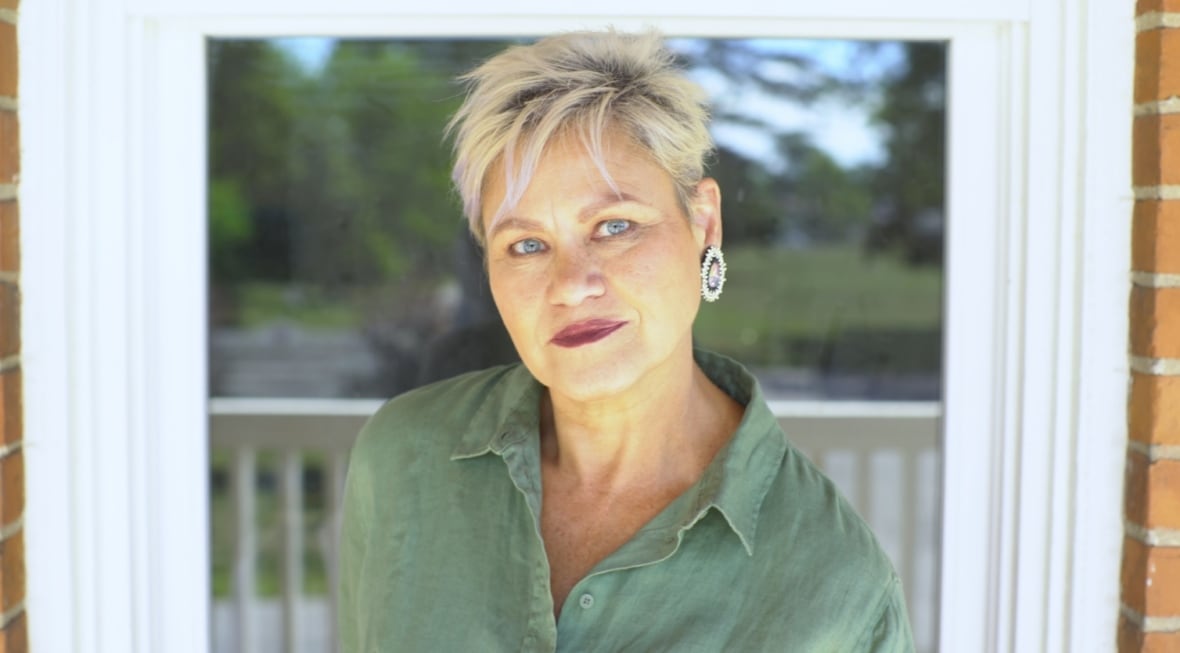
The virtual tour was initially released as a resource for continuing education while the building was closed to the public in 2019 for renovations and the COVID-19 pandemic.
It's since been updated with behind-the-scenes footage and a 15 to 20 minute introductory video in time for the Mohawk Institute's opening.
Refuge for children
When Gallant worked at the Woodland Cultural Centre as Museum Education Coordinator from 2008 to 2019, her office was on the third floor, where her grandfather would have slept when he was a student there around 1890.
Those ties drove her to try and understand the impact it had on her own family.
The third floor is where they found quilts inside the wall of a closet; a refuge for children hiding from their teachers, Gallant said.
Tearing down walls revealed little notes, bottle caps and toys, evidence of "kids being kids" she said, in the midst of their horrible experiences.
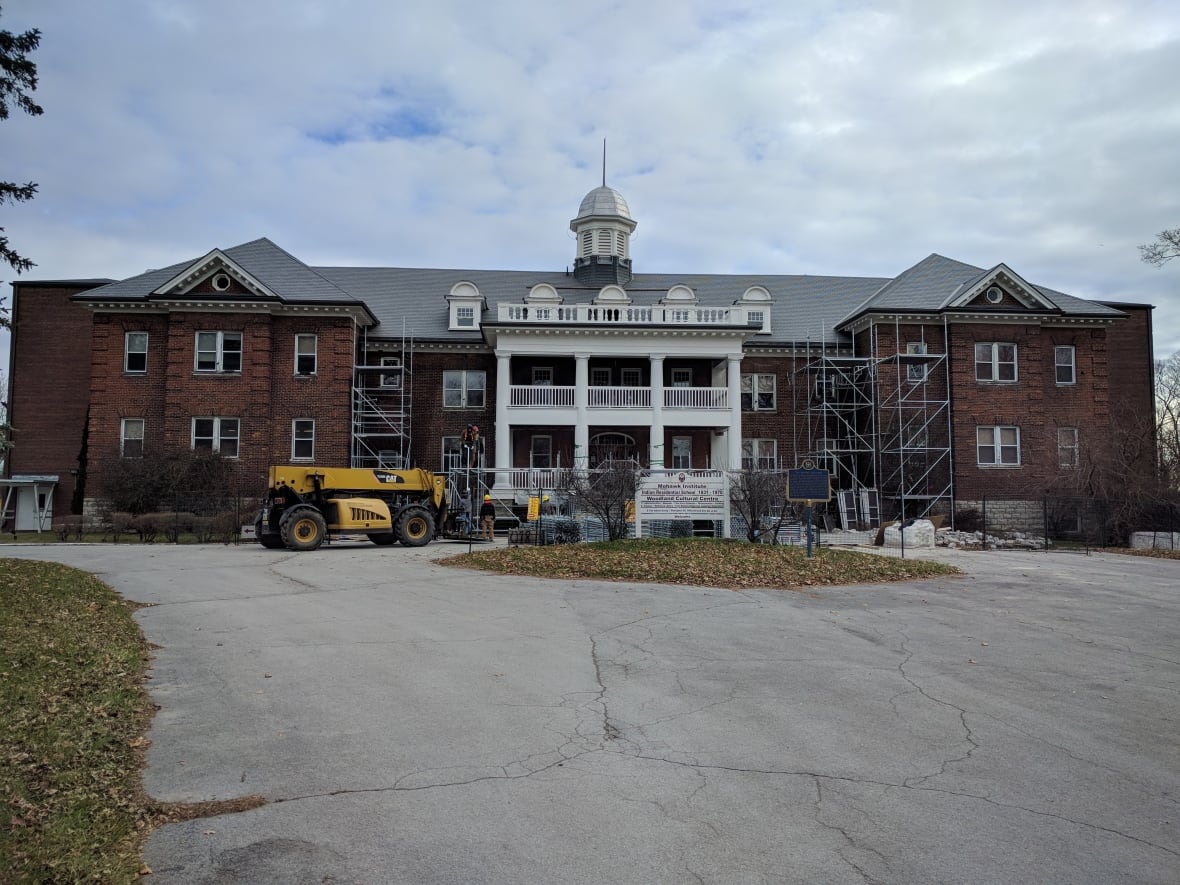
Retracing survivors' journeys for the virtual tour, Gallant said, was an emotional experience but a necessary one to reconcile with intergenerational traumas.
"If you don't have the story about all of those little spaces in the building, then it's just an old building that something terrible happened in," Gallant said.
One of the most significant stories she recalled is from survivor John Elliott who passed away this January.
Elliot told her every time he ran away from school he would be punished and locked in a closet with only water and a pail to go to the bathroom and he recalled his friend receiving the same punishment.
The closet was on the way to the cafeteria.
Gallant said Elliot would save the bread from his meal, and "pound it down really thin, like paper, and he would slide it under the door on his way by" to give to his friend. She said it's this compassion students had for each that helped them survive.
These stories have inspired people to create a better future not just for survivors but also for non-Indigenous people because their stories are intrinsically connected, she said.
'Save the Evidence'
Shane Powless, a video specialist for Thru the RedDoor, an independent Indigenous production studio based at Six Nations of the Grand River, helped create the virtual tour.
He said there were elements of filming the project that were terrifying and changed his perspective from shooter to student.
"When I closed the door, I actually felt like I was him," he said, recalling Elliot's testimony.
"It was really sad because I can imagine, I could almost hear the kids walking by or the people yelling at him, or they slid slices of bread [to] him underneath the little crack in the door."
Powless said he learned much of the history of the former residential school while he was filming the virtual tour, despite growing up there where his father worked and often brought him as a boy.
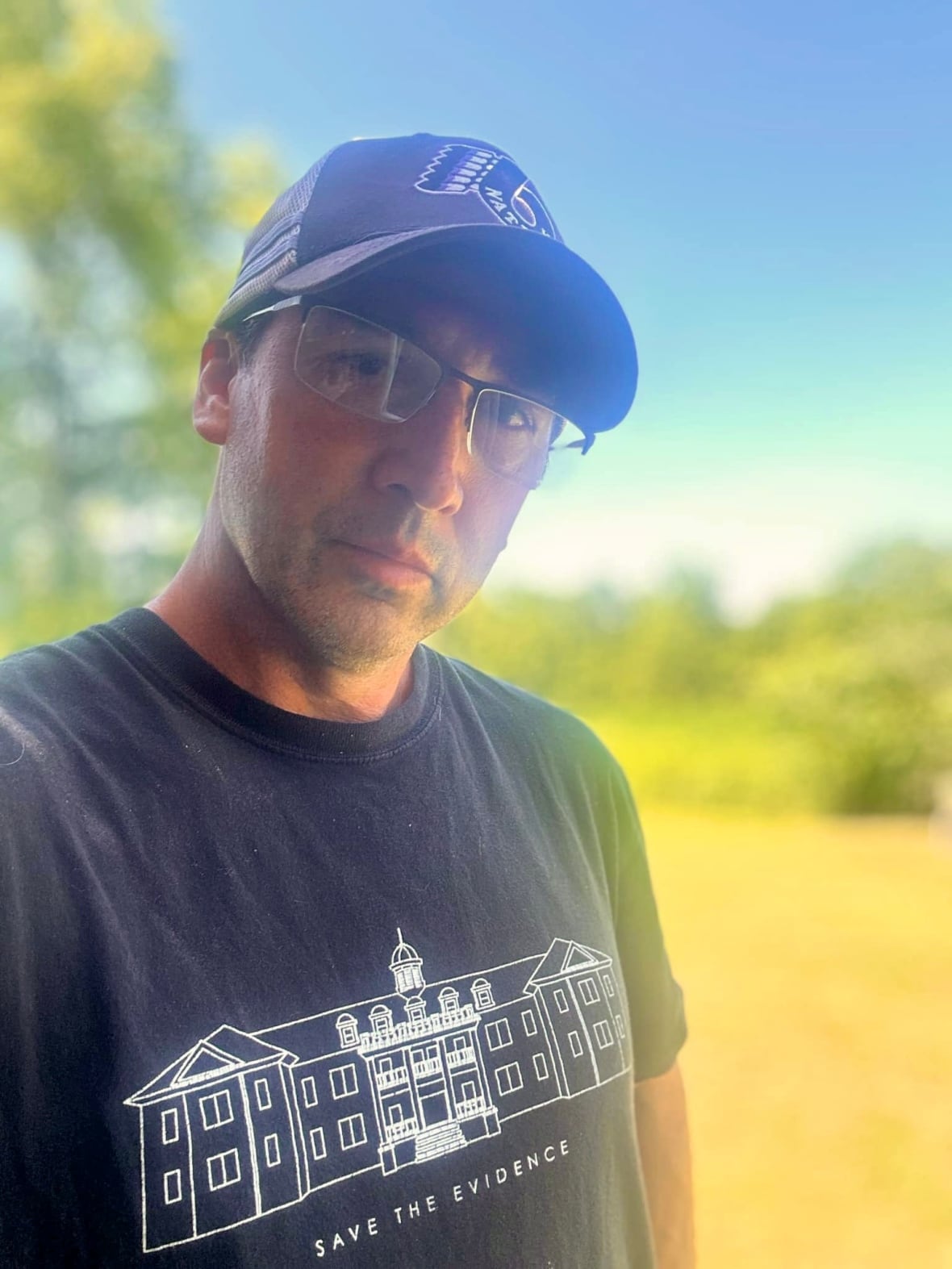
Jake Jamieson, the Woodland Cultural Centre's artistic and programming director, said the new video content will reveal the progress on the restoration of the Mohawk Institute and the history of the institution over 140 years.
In addition to the virtual tour other educational programming will be available including in-person tours and a public screening of the tour will be available on Aug. 20, Jamieson said.
He said back in 2014, when the building was so structurally damaged many wanted it torn down, a survivor said the evidence and legacy needed to be saved so those stories could be shared.
That's when Woodland Cultural Centre launched the 'Save the Evidence' fundraising campaign a decade ago, to help restore the building.
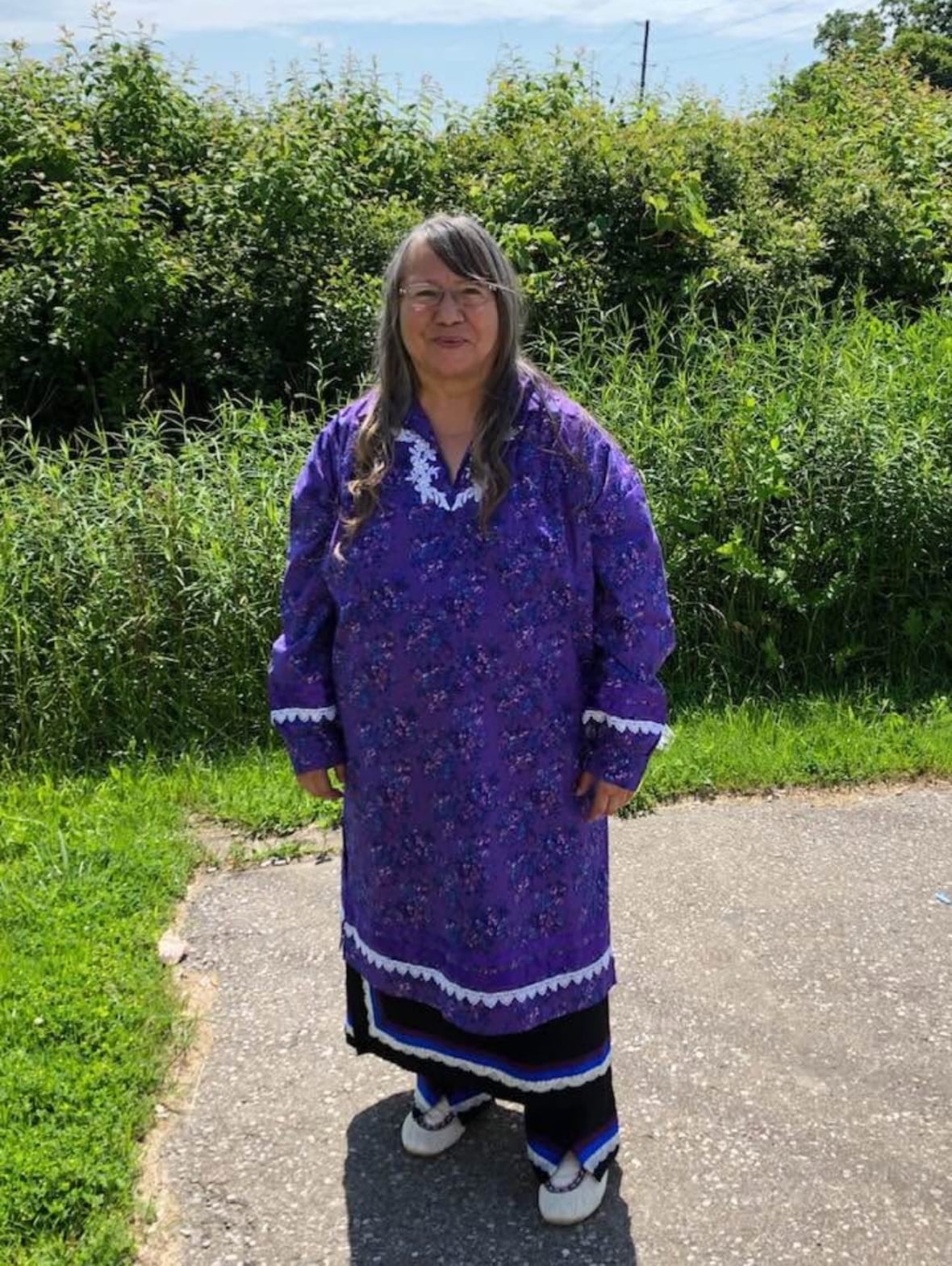
Minor renovations were done until the building was closed for more work in 2019. Throughout the renovations survivors were consulted, Jamieson said, because they wanted to ensure that visitors were seeing the authentic residential experience they had.
Sherlene Bomberry, Cayuga from Six Nations of the Grand River Territory, ON, is a survivor featured in the virtual tour, and was a student from 1966 to 1970 when the school closed.
Her grandmother also attended the Mohawk Institute in 1917.
She said she's done a lot of healing work and that these shared stories have helped her reconciliation with her family's history too.
For a quarter of a century, she never spoke about her experience. She said the virtual tour helps people understand what happened.
"Twenty-five years ago, I took off this coat of shame and guilt and I said: 'You know what? I was in that residential school.'"

